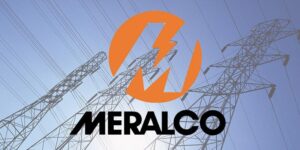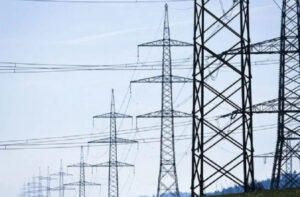Menu
Energizing the Future: The US Leads the Charge in Nuclear Fusion Power with Private Investment
- Junnel G
- May 6, 2024
- 9:01 pm
- No Comments
A Surge in Private Investment Ignites the US Nuclear Fusion Sector
In a significant development for the energy sector, the United States is making strides towards operational nuclear fusion power, potentially revolutionizing how electricity is generated. Fueled by substantial private investments totaling $5.9 billion by the end of 2023, the nuclear fusion sector in the US is poised to produce electricity within the next decade, with aspirations of connecting fusion power plants to the grid as early as the 2030s.
The Promise of Nuclear Fusion
Nuclear fusion, the process that powers our Sun, involves merging two atomic nuclei to release vast amounts of energy. This method offers a cleaner, safer alternative to traditional nuclear fission, as it produces no emissions, less waste, and carries no risk of radiation disasters. The excitement surrounding nuclear fusion has been amplified by the private sector’s burgeoning interest, which has dramatically outpaced public sector investment in recent years.
Breakthroughs and Innovations
Significant milestones have been achieved recently, including a landmark experiment at the Lawrence Livermore National Laboratory (LLNL) in California, where for the first time, more energy was released from fusion than was used to initiate it. This achievement has invigorated the sector, drawing parallels to monumental historical innovations such as the Wright brothers’ first flight.
Diverse Approaches to Fusion Technology
Companies like Helion Energy and Commonwealth Fusion Systems are at the forefront of these advancements. Helion Energy aims to have a 50 megawatt capacity operational by 2029, pioneering a method that captures energy directly from the reactor, thereby reducing neutron emissions and lessening wear on the reactor walls. Commonwealth Fusion Systems, buoyed by $2 billion in private funding, is preparing to activate its SPARC reactor next year, with plans to inaugurate its first power plant in the early 2030s.
Economic Viability and Cost Reductions
The economic outlook for nuclear fusion has dramatically improved thanks to technological advancements, particularly in magnetic confinement—a method that has traditionally required the creation of large-scale magnets. Recent studies by researchers at the Massachusetts Institute of Technology and Commonwealth Fusion Systems suggest that smaller, more cost-effective magnets could be used, reducing the cost per watt of fusion power by a factor of 40.
The Competitive Edge of US Innovation
The US’s robust venture capital environment and the translational research capabilities of its university labs are key factors driving the rapid progress in the fusion sector. These elements allow the US to effectively convert scientific research into commercial products, giving it a competitive edge in the global race for fusion power.
Conclusion
With private investment leading the way, the United States is on the brink of a major breakthrough in nuclear fusion technology. If successful, these developments could position the US as the first nation to produce commercial electricity through fusion, setting a new standard for clean energy worldwide. As the sector continues to evolve, the fusion of science, innovation, and capital in the US could very well redefine the future of global energy production.
#Top Tags COVID Covid-19 Technology Finance Investing Sustainability Economy

Subscribe to Our Newsletter and get a free pdf:




















No comment yet, add your voice below!